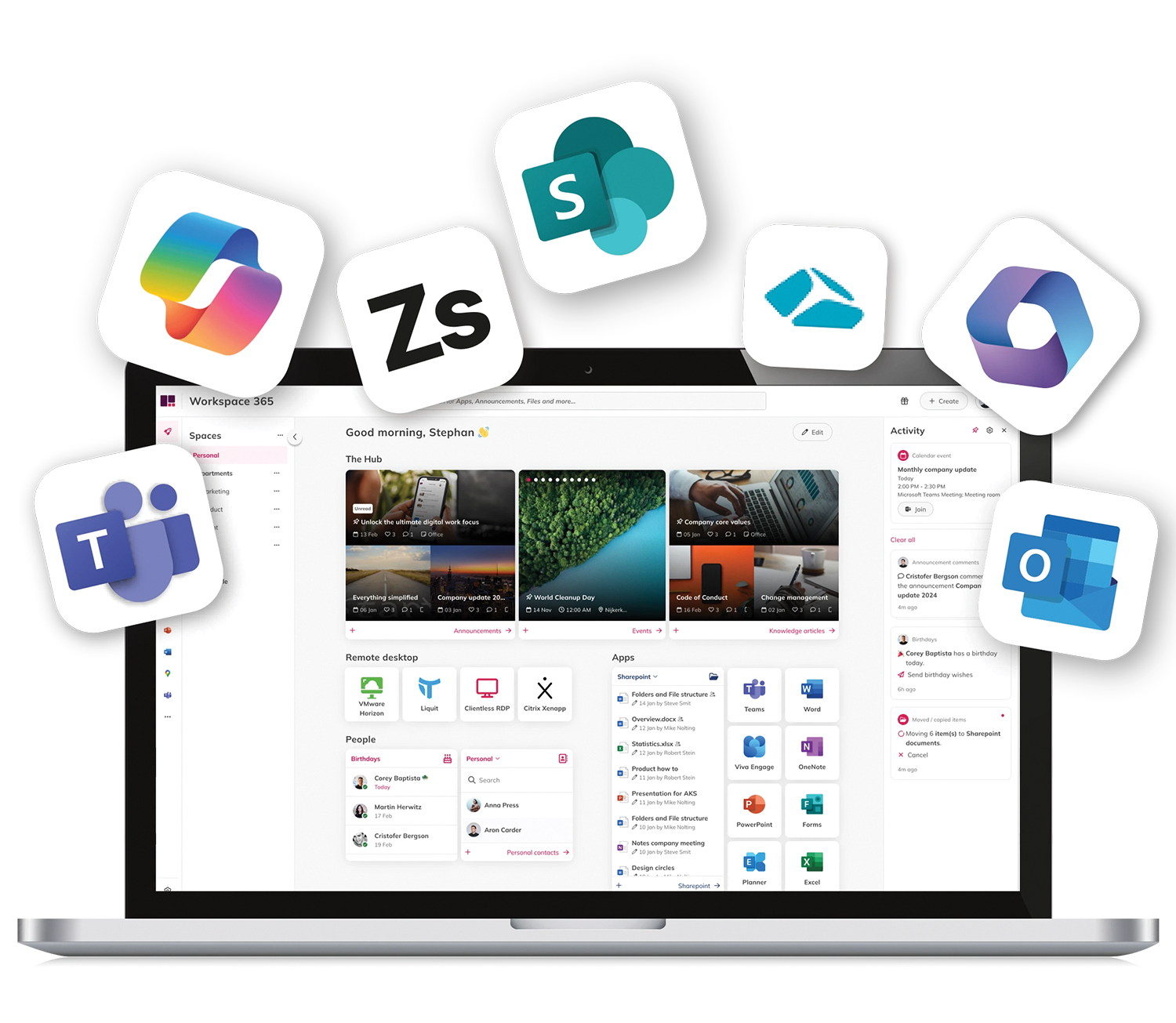When looking at digital transformation in manufacturing, people often think about robots like something out of an Asimov novel. But, the subtleties of digital transformation are much more nuanced and provide manufacturers with many benefits.
Digital transformation for manufacturing companies is about moving your enterprise into the future. While this can be daunting, it can also be quite rewarding.
What Is Digital Transformation In Manufacturing?
Digital transformation in manufacturing combines traditional manufacturing processes with new technologies. This combination works together to drive manufacturing and address any inefficiencies in the sector.
In the new decade, there is a continuation of the trend to disrupt the old values of the sector. This change has been encouraged by the leading trends in digitalisation. These include things like the advent of 5G networks, Industry 4.0, machine learning, predictive analytics among others.
Smart manufacturing is about creating digital connections between factories through central networks. These connections link to machines that can:
- learn processes independently;
- generate orders;
- adapt to change;
- understand quality issues;
- assign tasks to other machines and more.
By implementing digitalisation in manufacturing, companies can drive growth, improve efficiency, and easily identify bottlenecks or problem areas.
The Benefits Of Digital Transformation In Manufacturing
There are many benefits of digital transformation in manufacturing. From enhancing product design to creating more seamless processes, here are some of the top advantages that digital transformation provides.
Improved Production Cycles
Customer demands and expectations continually evolve and change. Because of this, it’s useful to be able to tweak products according to feedback from customers. With new technologies, you can even make last-minute alterations to the production cycle. This helps manufacturers to meet the demands of consumers better.
Digital tools and processes, like predictive analytics, can help to solve operational issues. It enables manufacturers to improve quality control and be more efficient with operations.
For example, manufacturers can predict exactly when a machine needs maintenance or replacing. This ensures that all machinery functions properly. Thus, it reduces the risk of delays due to malfunctioning machinery. After all, broken machinery means downtime for business and this can cost about $260,000 per hour.
Digitalisation also means that manufacturers will have access to performance data. This enables them to quickly identify elements that delay the speed of production. At the same time, they can see where they need to optimise so that they can enhance efficiency even further.
Customisation Is Easier
Traditionally speaking, custom products take more time and effort to produce. But, with new technologies, manufacturers can create customised products at a competitive rate.
Machines can now produce personalised products depending on the data fed into them. This method applies to lower-priced products as well, which would not have been worthwhile to customise before.
The demand for customisation might be daunting to manufacturers. But, it provides the promise of customers returning to them. Manufacturers can grow their customer base by creating products with the exact features that consumers want.
Better Products
Machine learning is leading the future with its ability to predict behaviour by analysing historical patterns. Augmented reality (AR) and virtual reality (VR) are also set to transform the global manufacturing industry.
These new realities can revolutionise product design. This is because they provide more accurate demonstrations to show how the product would function in real life before it is even made.
So, with VR and AR, manufacturers can test and check the product before it goes on the assembly line. This is very cost-effective as they can see where a product might have an issue or where there’s room for improvement before mass-producing it.
Enhanced Information Access To Employees
Digital transformation in manufacturing brings improved collaboration tools and platforms. These allow employees to access information easily. Having access to data, combined with the flexibility of being able to access it from anywhere at any time, makes it easier to spot problems on the fly and solve them quicker.
There are many benefits to giving employees’ a more holistic view of the supply chain through digital platforms.
For example, when employees from different points of the supply chain have access to real-time data, they can gain more reliable insights. This allows them to make informed decisions about products, the assembly line and even marketing.
The Challenges Of Digital Transformation In Manufacturing
Despite the significant benefits, digital transformation in manufacturing also has some drawbacks.
Increased Demands On IT
One of the main challenges is that digitalisation places an increased demand on the IT department of a company. The IT department might not be well-equipped to keep up with all the new systems and the maintenance they need.
So, this increased load on the IT department means that they have to work harder to meet the demand. It’s very important for manufacturing companies to consider this and ensure that they direct some more resources toward their IT departments.
Cost On Human Resources
Digitalisation can be a rigorous and daunting process. It can have a massive effect on the workforce, who may feel disillusioned in the face of a changing workplace. So, a big challenge of digital transformation in the manufacturing industry is employee reluctance and communication issues.
Budget And Resources Limitations
Although cost-effective in the long run, digital transformation can be quite expensive initially. Manufacturers must budget carefully for digitalisation or they might second guess their decision to implement digital transformation.
Working With Tight Schedules
Manufacturing works on tight schedules and multiple resource constraints. However, digital transformation takes time and is an ongoing process.
Often, management is eager to see quick results as they work on such narrow parameters for scheduling. Because of this, they could get frustrated if they don’t see immediate results after digitising certain processes.
Top Digital Transformation Trends In Manufacturing
There are many ways in which manufacturing companies can start digitising their processes. Here are the main trends in digital transformation that are taking the manufacturing industry by storm.
Connected equipment with IoT
IoT refers to the “Internet of Things”. It is the network of interconnected devices that communicate based on data and their environment (including data from outside).
IoT is often used in asset management and operations, as well as personnel management. With real-time monitoring through the IoT, manufacturers can put better maintenance programs in place, as well as improve energy efficiency and working conditions.
For example, they can adjust the air conditioning to suit current conditions and make sure that their workers are comfortable.
Smarter decisions with Machine Learning
Machine learning is a huge trend in manufacturing. It can increase productivity in certain tasks up to 20% – even if these tasks aren’t completely automatable.
Machines can collect vast amounts of data in practically no time at all. They can then run this data through algorithms that quickly figure out the best course of action out of the available options. This process can be time-consuming for humans, but, with machines, it is much quicker.
Examples of machine learning include:
- Determining the best course of action for employees
- Predicting waiting times
- Predicting shipping times
- Analysing behaviour models to prevent risks
The fourth industrial revolution: Industry 4.0
Industry 4.0 combines traditional manufacturing with digital processes. Often called the fourth industrial revolution, the digitalisation of the manufacturing sector is fast emerging. It aims to create an end-to-end digital system by digitising various physical assets and processes.
Industry 4.0’s purpose is to automate the entire production process. The end goal is to reach a point where all processes are controlled in real-time and are automated. This automation allows manufacturers to streamline all work and quicken the process of production.
An excellent example of this is a machine that has a sensor. This sensor allows it to interact with another device and perform functions based on the data that they receive. All without input from a human.
Digitising manufacturing this way helps to free up the workforce for other tasks.
Smarter robots with AI
Robots are fast-advancing and are already used in manufacturing in a variety of ways. As this trend advances, robots with Artificial Intelligence (AI) capabilities will be able to learn from past behaviours and use pattern recognition to improve their functions and results.
The number of devices the robots can connect to will also increase along with how they interact with each other. In manufacturing, this will be incredibly useful as robots will continue to perform tasks and minimise the risk of human error.
Robots will also continue to innovate, especially when it comes to things like dexterous carrying, moving, autonomous driving, etc.
Research indicates that there could be a 12% increase in robot shipments worldwide by 2022. This increase stems from the need for automated manufacturing processes. Many people worry about the increasing use of robots but don’t worry. Their purpose is to work with humans, not replace them.
Digital transformation in manufacturing is about staying relevant in the rapidly changing world. It is an ongoing process of getting to and staying on top of the market.
Gone are the days where we rely mostly on a fully human workforce. So, it’s important to put steps in place to evolve with the times.






